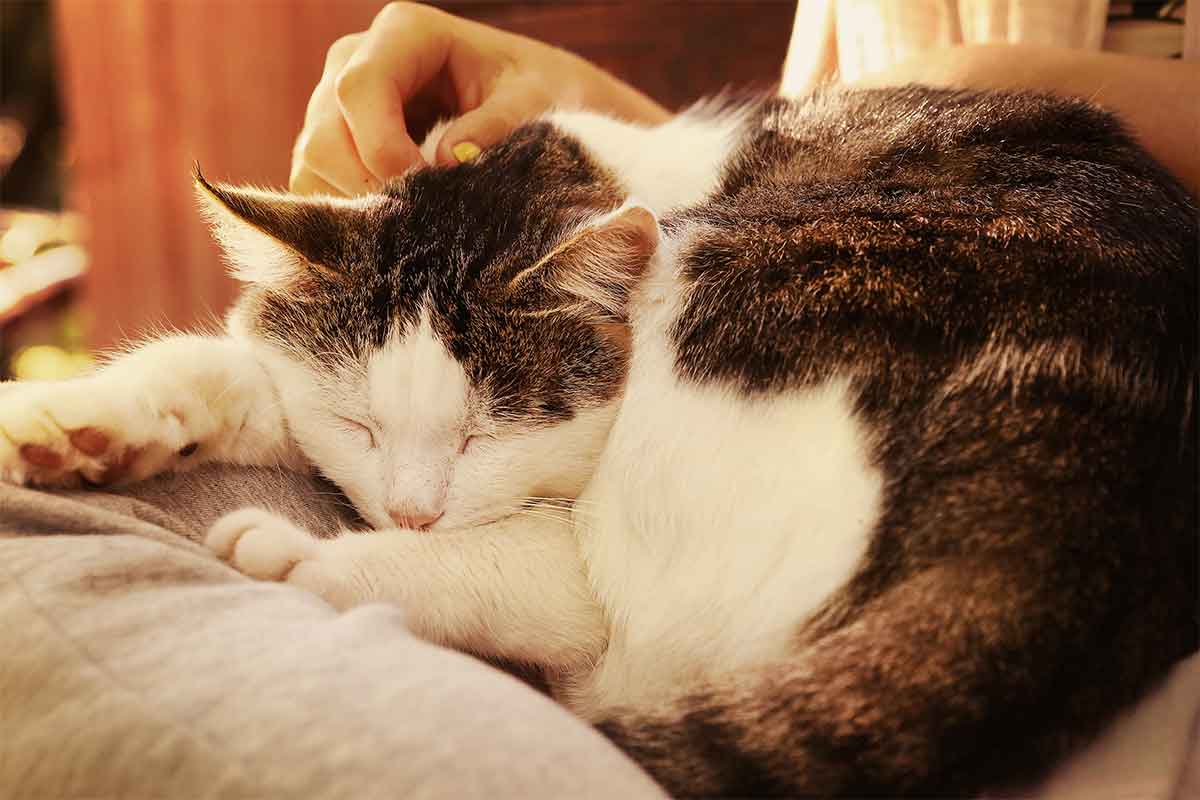Margaret Slaby loves animals, so for a time she worked in animal care at a shelter in Monterey County, California. But after two and a half years, she had to call it quits.
“I saw a lot of older cats didn’t make it out of the shelter simply because they were older, and it just broke my heart,” she said. “So when I left the shelter, I started the rescue.”
In 2016, Slaby founded Golden Oldies Cat Rescue, a foster-based nonprofit that rescues and rehomes cats aged 6 and up. She said adopting an older cat is a “win/win” situation.
“You are giving them the greatest gift: the gift of life, a second chance at a new beginning. And in return you are receiving the greatest gift – the gift of a lifetime of love from your new feline companion,” she said. “Older cats are wise souls who have seen and been through a lot and they just want to feel safe, secure, and loved. They deserve that for their golden years.”
To help a senior cat transition as stress-free as possible to a new forever home, she suggests the following:
- Confine your new cat to one room, such as a bedroom, for a few days. Of course, be sure to have food, water, a litter box, and toys in the room.
- Provide hiding places for the cat. This could be a cat tree with holes, or you can cut holes on either side of a cardboard box so the cat has two “exits.”
- Don’t pick up the cat or force attention. “Obviously you want to spend time in the room and sit with the cat, but let the cat set the pace,” Slaby says.
- When the cat seems comfortable (for instance, no longer running to hide under the bed or in a closet when the door opens), allow them to explore your home at their own pace.
- Remember every cat is different, so pay attention to their behavior and proceed accordingly.
If you have another cat:
- Keep them separate. Start by feeding them at the same time on opposite sides of a closed door. “They start to associate the scent of the other cat from underneath the door with something good, which is the food,” she said. “Then you can exchange blankets so they can get each other’s scent.”
- Eventually feed the cats on either side of a baby gate. When they have positive associations with one another, remove the gate and give them treats or toys. Observe closely and be ready to intervene if they hiss.
If you have a dog:
- Do not allow the dog into the cat’s room/safe space or she will feel trapped.
- When you first introduce them, have the dog on a leash. “Don’t rush things – you let them determine when they’re ready.”
- Feed the cat up high, where the dog can’t reach her.
After the adjustment period, senior cats are usually content to sleep in a patch of sunshine, sit with you on the couch or cuddle in a lap.
“There are just so many rewards to adopting an older cat. Cats are wonderful creatures,” Slaby says. “Adopters are giving these older cats a second chance at a new beginning. It’s amazing.”
For more information, visit: gocatrescue.org
This article was reviewed/edited by board-certified veterinary behaviorist Dr. Kenneth Martin and/or veterinary technician specialist in behavior Debbie Martin, LVT.








